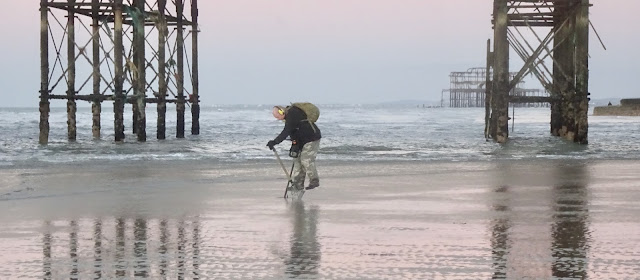Brighton Beach, tucked discreetly along the rugged western shore of Indian Arm in North Vancouver (Canada), is a boat-access-only enclave that feels worlds removed from the nearby city. This Brighton Beach bears no connection to the old Brighton Hotel or the Hastings Townsite that gave rise to Vancouver’s New Brighton Park. Instead, it is a small, secluded stretch of waterfront lots where dense forest tumbles down to rocky shores, and the only way home is by skiff or water taxi. Here, the community of roughly two dozen properties thrives on the very isolation that would deter most - a haven for those drawn to tranquillity, self-reliance, and the daily rhythms of tide and weather.
Residents who live haul groceries and supplies by boat, navigate steep woodland paths to reach their cabins, and rely on solar panels, rain barrels, and wood stoves. Real estate listings lean into this rugged romance, appealing to artists and adventurous spirits who crave an off-grid life with views of shimmering waters and distant snow-dusted peaks. One cottage, with its modest footprint and sweeping decks, was recently described as perfect for ‘a creative who needs a quiet retreat,’ the sort of place where inspiration might arrive with the morning mist.Yet the tranquillity here is punctuated by episodes that underscore both the vulnerability and the tenacity of this community. In July 2016, Brighton Beach faced a dramatic trial when a fire broke out, consuming a cottage and a neighbouring home under construction. Firefighters had to be ferried in aboard a Vancouver fire boat, pumping ocean water at astonishing rates while a helicopter hovered overhead, dropping water to stop the flames from reaching the slopes of Mount Seymour. By some miracle and much effort, the fire was contained before it could leap into the forested backbone of the North Shore (see Castanet).
Quirky tales also ripple through Brighton Beach’s recent history. Paddleboarders and kayakers have recounted close encounters with seals and otters, but in 2023, local waters played host to a far grander visitor. A lone orca, soon affectionately nicknamed ‘Indy,’ spent time exploring the entrance to nearby Howe Sound and Indian Arm, thrilling residents who watched from weathered docks and bobbing dinghies. One paddleboarder even found himself eye-to-eye with the orca. (See North Shore News.)
Today, Brighton Beach continues to embody a certain coastal eccentricity. It is a place where stories are exchanged over driftwood railings, where grocery trips are dictated by the tide, and where the vastness of nature presses close on all sides. Unlike its namesake to the south - born of colonial nostalgia for British seaside resorts - this Brighton Beach writes its own narrative, one shaped by cedar, salt air, and the enduring allure of a life perched at the edge of wilderness.














